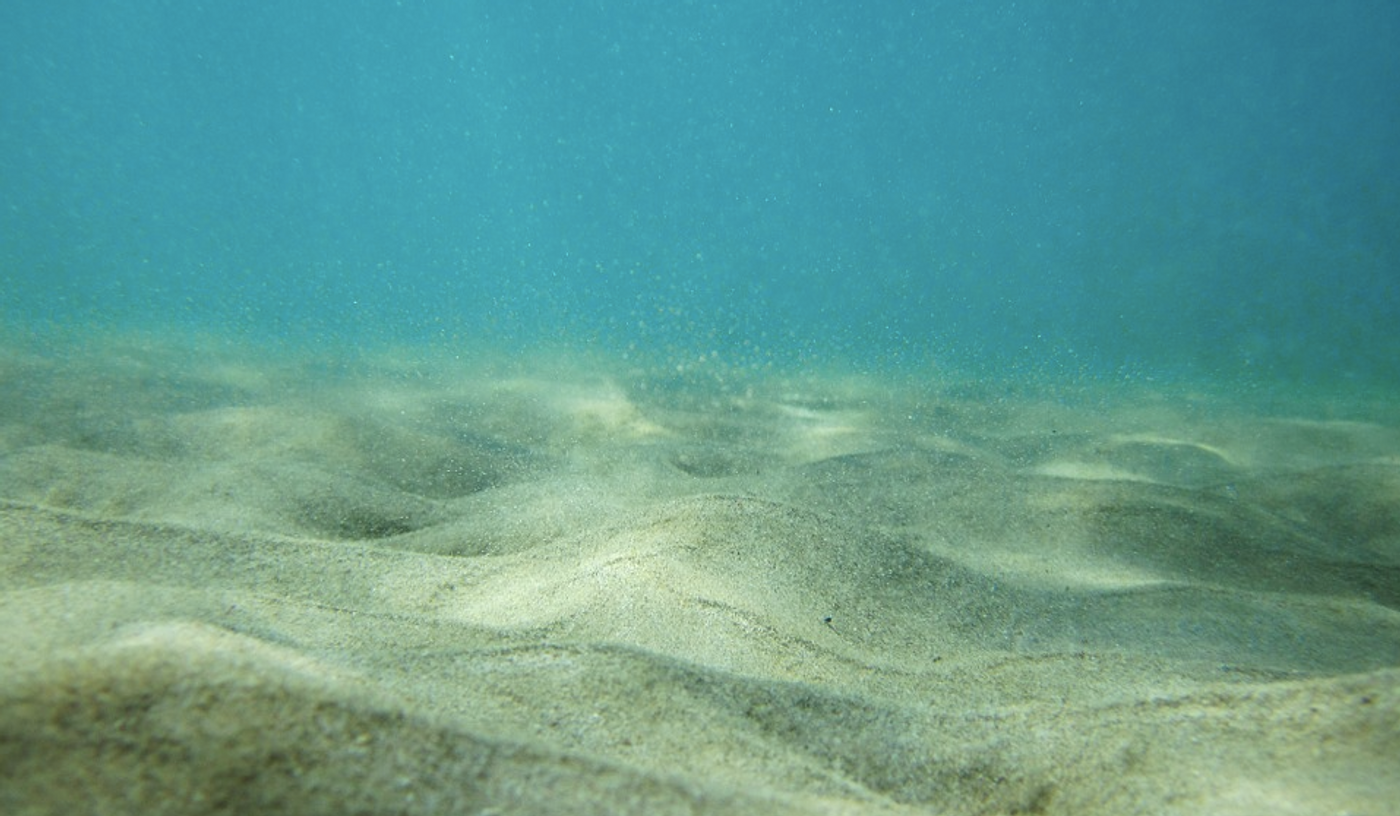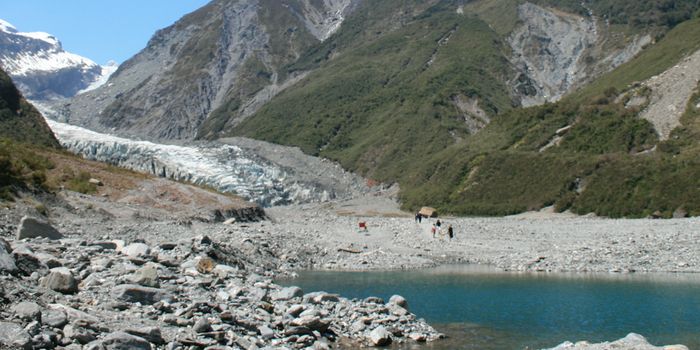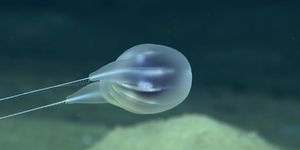Ocean Microbes Live At the Boiling Point
There are some very extreme environments on our planet, and it seems that microbes have been able to colonize many of them. On a two-month-long expedition, scientists drilled 1,180 meters down through the surface of the Nankai Trough, which is off the coast of Japan. After analyzing the samples they took, the research team found evidence of the existence of single-celled microorganisms there. The findings have been reported in Science.
"Water boils on the [planet's] surface at 100 degrees Celsius, and we found organisms living in sediments at 120 degrees Celsius," said study co-author URI Professor of Oceanography Arthur Spivac. "We found chemical evidence of the organisms' use of organic material in the sediment that allows them to survive. This research tells us that deep sediment is habitable in places that we did not think possible."
Sediments that sit far below the floor of the ocean are harsh, to put it mildly. The temperature and pressure only increase as it gets deeper, and it's tougher and tougher for organisms to find energy sources. We do know, however, that microbes have been able to find a home several kilometers below the seabed. So what are the limits?
Research that investigates the existence of life in extreme habitats can tell us more about life on other planets.
"Only a few scientific drilling sites have yet reached depths where temperatures in the sediments are greater than 30 degrees Celsius," explained study leader Professor Kai-Uwe Hinrichs of Germany's MARUM-Center for Marine and Environmental Science. "The goal of the T-Limit Expedition, therefore, was to drill a thousand-meter deep hole into sediments with a temperature of up to 120 degrees Celsius - and we succeeded."
"Surprisingly, the microbial population density collapsed at a temperature of only about 45 degrees," said co-chief scientist Fumio Inagaki of Japan Agency for Marine-Earth Science and Technology. "It is fascinating - in the high-temperature ocean floor, there are broad depth intervals that are almost lifeless. But then we were able to detect cells and microbial activity again in deeper, even hotter zones - up to a temperature of 120 degrees."
The researchers are planning to continue to analyze samples from this study.
"The technology to examine samples collected from the moon took several years to be developed, and the same will be true for these samples from deep in the ocean sediments. We are developing the technology now to continue our research," added Spivack.
Sources: AAAS/Eurekalert! via University of Rhode Island, Science









